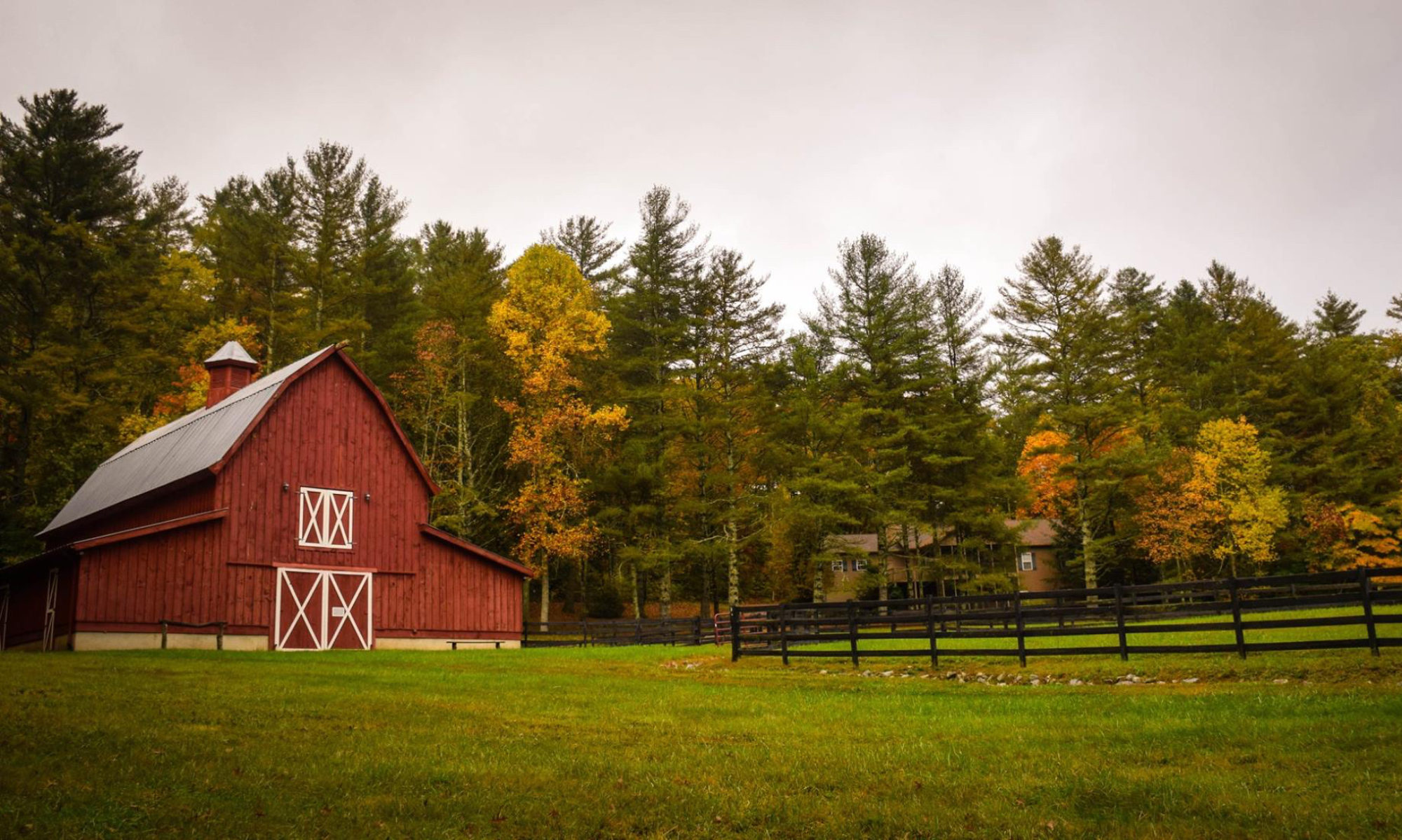by Brian Depew
There’s yet another story today about the shrinking population of the rural United States. This one is from Kansas where 3/4 of the state’s 105 counties lost population between 2000 and 2004, and for the eighth year in a row 60 percent of the school districts in the state saw their enrollment decline yet again in 2005.
The story discusses the usual causes (changes in the agriculture sector), and the usual responses (school consolidation).
I admire communities like Utica, Kansas where they hung onto their school until last year when enrollment for the entire district fell below 40 students, and Cuba, Kansas where a school with an enrollment of 100 students remains open.
But stubborn perseverance alone will not save these communities. We must transform how we think about rural areas.
We need to move beyond current policies that have done little to reverse the long decline, and instead implement public policies that seek to support and build the civil institutions that rural people depend on (schools included).
This means figuring out how to arrest population decline, but initially it means more than that. It means using creative ideas to keep schools, post offices and grocery stores open. It means looking at new and creative ways to fund vital activities. It means forming new coalitions to lobby state and federal governments for both fiscal support and beneficial policy changes.
Some of the community leaders in the story understand the problem.
“We’ve got to find things people can do to stay in Republic County,†said [school Superintendent] Lysell, who’s also active in the county’s economic development efforts. “What we have now is a sort of cycle — we give our kids a really good education, they go off to college and then they don’t come back because they can’t make the kind of money here that they can make in the larger cities. And then with fewer people here, we start to lose businesses,†he said.
But we have to move beyond defeatist response like this one given by the director of the Center for Economic Development and Business Research at Wichita State University.
“[Rural Communities that have bucked the trend] are exceptions rather than the rule,†said WSU’s Harrah, adding, “I don’t expect to see a turnaround.â€
Clearly they’re not going to help us.
We need leaders (people in positions like school Superintendent Lysell) to bring rural communities together and form grassroots organizations. These organizations can (and should) be the hub of innovative ideas about how to maintain and build the civil institutions rural communities need. Additionally, these groups need to be encouraged to stand up and demand policy changes when they are needed at the state and federal level.
I believe that a sustainable rural future is possible, but it will have to start in the communities most affected by the current decline. Policies that keep schools in rural communities, bring jobs back and implement creative funding mechanisms are a start. With support and encouragement I believe that ideas like these will see wider implementation, and that many more ideas like them will emerge from our rural communities.
There’s certainly no sense in waiting around for the solutions to come from above.
The declines have the attention of Sen. Janis Lee, D-Kensington.
“It’s been devastating,†Lee said. “I don’t know the answer, but I think it’s pretty clear that economic efforts that have been undertaken in this state haven’t worked. I don’t think they have a clue what we’re dealing with out here.â€
We have to take the solutions to them. They are waiting.
